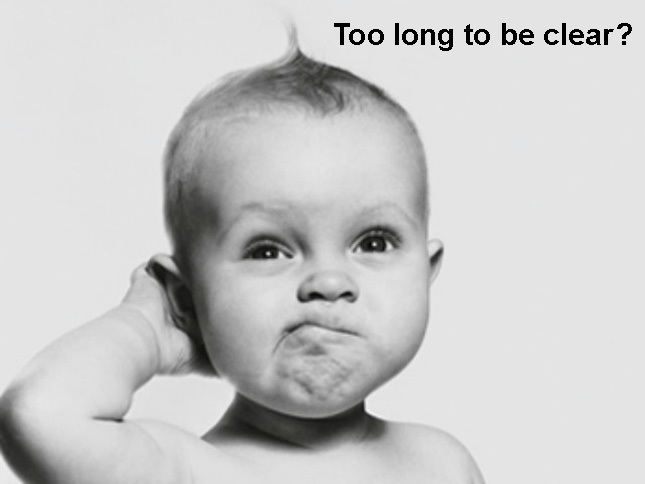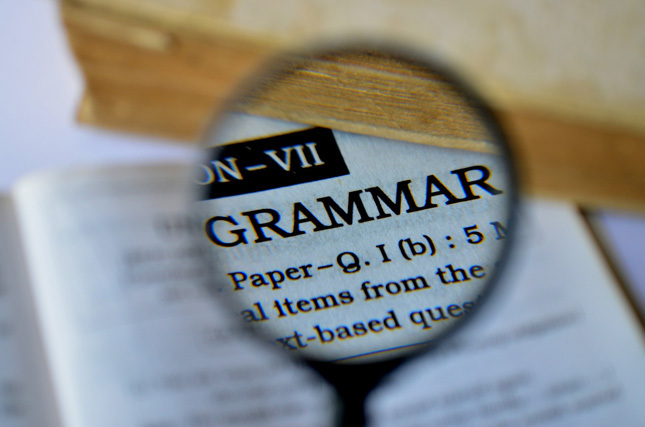Does Writing Well Augment the Impact of Your Work?

The process of scientific discovery culminates with the communication of novel ideas. Written communication allows you to share discoveries with the greater scientific community or the general public. However, writing for your peers in scientific journals and conferences takes up the bulk of your time, and opinions vary about what is considered “adequate” quality for journal and conference writing. We may ask: Is it worth the effort to write “well” in science?
The effectiveness of writing well
Writing well “involves a commitment to expressing ideas with clarity, directness, and precision” (Ragins, 2012). To investigate whether writing well is effective, one must try to quantify both writing well and its effectiveness. Customarily, writing well results in greater text comprehension (e.g. reading ease) and effectiveness correlates to greater dissemination of scientific ideas (e.g. citations and prominence). There is evidence that scientists who publish more do so with higher quality work (Valiela, 2009, p. 102). The question then becomes: What is “writing well”?

Does simpler mean better?
The Flesch Reading Ease score is a computer-based measure of text readability based on the length of words and sentences in a passage (Flesch, 1948). The measure makes the intentionally naïve assumption that both word and sentence lengths are correlated to the difficulty of text comprehension; smaller words and sentences lead to more readable texts. It neglects factors like the reader’s prior exposure to the topic or motivation for reading about it (Hartley, 2008, p. 6‑7). Thus it concentrates on the idea that clear scientific writing should be uncluttered and concise. The measure is widely available and authors can use it as a quick and simple gauge of whether successive drafts are becoming “easier” to read (Hartley, 2008, p. 7). Using this measure, Hartley et al. (2002) found that famous (influential) articles were significantly easier to read.

More recently, Letchford et al. (2015) found that short article titles (often encouraged by journal editors) increase citation count. An earlier study concentrating on the medical field (Jacques and Sebire, 2010) found the opposite trend, that articles with longer titles were cited more. But in this case they surmised that long titles were more complete and clear because they included relevant keywords (often long disease or drug names) that are important in the medical field. So simpler sometimes means better, but not always – it depends on the context. Then what are some more sophisticated measures of writing well?
Clearer means better
Kröll et al. (2014) investigated whether the scientific impact of an article correlates to its having been written well, judged by its adherence to recommended writing principles. They automatically retrieved and verified sets of general, recommended writing principles (e.g. active vs. passive voice) from a large body of scientific literature, using text mining and natural language processing techniques. Amongst several trends, they found that journals with low impact factors contained articles with more “imprecision indicators”; i.e., these journals had content that was less clear than high impact journals. They also found that articles in high impact journals followed recommended rules of verb tense more closely.

Coates et al. (2002) looked at the effect of language errors (both in style and grammar) on article acceptance for publication. They found a “clear indication that badly written articles correlated with a high rejection rate.” Their study showed that careless writing in articles could have either a direct or indirect negative influence on acceptance rate. They concluded that on equal scientific merit, a badly written article had less chance of acceptance than a well-written one, even if the editor did not identify language as a motive for rejection. They also concluded that a well written article would be judged solely on its scientific merit without language interference.
General guidelines: Think like the reader
When writing a scientific paper, anticipate the potential reader’s needs. Complex and technical notions are often foreign to the reader and you can help by communicating your ideas in the clearest manner possible. Ideas must be expressed precisely, introduced in the right place, and form an easy to follow narrative flow. Use an appropriate writing style while observing the grammatical rules of the language (summarised from SARA: Paper Writing Help Service, 2015).
Journal reviewers advise that when high quality research is hidden beneath incomprehensible prose, only the most devoted of reviewers will sift through the writing to find the good research (Bol et Hacker, 2013). Some top “pet peeves” of editors describing unclear writing include “foggy writing”, the reader having to “read the mind” of the authors, and the lack of a clear story (Ragins, 2012). Adhering to some of the principles above will help you avoid these pitfalls.
To know more on this subject, read “Why to think like the reader“ and “How to think like the reader“.
How to write better? Don’t write in a bubble!
When discussing the importance of forming writers’ groups, Murray advises you to “create a micro-culture that supports you as a writer” (Murray p. 170). In our own work at the École de technologie supérieure (ÉTS) within the scope of SARA (a scientific community of students, researchers, and experts at ÉTS, helping each other progress in scientific writing and publication), we have found that the phrase “Don’t write in a bubble!” encapsulates a sustainable philosophy for improving both your writing quality and efficiency. Torrance showed that learning how to write better (style and grammar) proved more productive when the process involved the production of the student’s own research text and a cycle of peer-review (Torrance 1993). Thus, we have prioritized activities such as group writing blitzes, sessions of peer review in small writing groups, as well as other activities that let researchers know that they are not alone in the endeavour of improving their academic writing.


